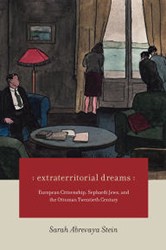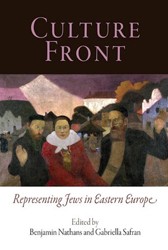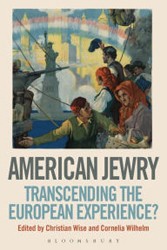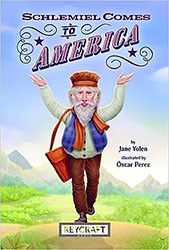By
– November 1, 2011
Calendars are the kind of object that are usually taken for granted, that are almost invisible to our everyday glance; therefore they are a perfect subject of analysis for cultural history. Very little good cultural history has been produced about Jewish subjects, and Elisheva Carlebach’s book sets a very high standard for the field. Tackling a subject that is ubiquitous but also obscure, Carlebach looks at the topic of Jewish calendars from a number of perspectives. The actual calendrical aspects of the Jewish calendar, the references to non-Jewish dates that were incorporated into many calendars, the startling artistic traditions that are found in many early modern Jewish calendars — each subject is analyzed on its own, and placed in a diachronic and synchronic historical context, explaining how it developed from internal Jewish traditions while incorporating and responding to outside occurrences. Highlights include handwritten calendars from colonial America, symbolic pictures of elephants and bare-bottomed men, informative curses of Christian saints and statistics of fair attendance in the seventeenth and eighteenth centuries. Despite the ostensibly obscure subject matter, Palaces of Time is as far from arcane as can be, written in language that is enjoyable and accessible. The numerous color photographs of Jewish calendars make the volume even more enjoyable and easier to follow.
Pinchas Roth (PR) is a post-doctoral fellow at Ben Gurion University of the Negev.





